Deep Gluteal Syndrome Treatment
Deep gluteal syndrome treatment. After excluding spinal lesions MRI scans of the pelvis are helpful in diagnosing deep gluteal syndrome and identifying pathological conditions entrapping the nerves. Deep gluteal syndrome DGS is an underdiagnosed entity characterized by pain andor dysesthesias in the buttock area hip or posterior thigh andor radicular pain due to a non-discogenic sciatic nerve entrapment in the subgluteal space. The stretch reflex will only provide you with short-term relief.
Endoscopic or open surgical decompression is recommended in patients with persistent or recurrent symptoms after conservative treatment or in those who may have masses compressing the sciatic nerve. Specific physical exam maneuvers for deep gluteal syndrome are. Conservative treatments for DGS parallel those recommended for musculoskeletal conditions in general but no controlled trial of physiotherapy stretching muscles or mobilisation exercises was found.
This might involve various stretching or strengthening exercises. It can be conservatively treated with multidisciplinary treatment including rest the avoidance of provoking activities medication injections and. But it wont fix the pain forever.
Gluteal Pain Syndrome DGS is defined as pain or numbness in the buttock the hip or the posterior thigh with radiation or radicular pain in the Sciatic nerve distribution. Seated piriformis stretch test. Deep gluteal syndrome describes the presence of pain in the buttock caused from non-discogenic and extrapelvic entrapment of the sciatic nerve.
Exercise may be used to assist in reducing pain and improving function associated with Deep Gluteal Syndrome via a number of mechanisms. Nerve entrapment in the deep gluteal. Postural Reeducation and posture treatment.
Extracorporeal Shockwave Therapy ESWT. This condition is characterized by being. Active abduction external rotation while monitoring the piriformis.
Multiple pathologies have been incorporated in this all-included piriformis. That glue is known as adhesionin the medical world.
Computer Assisted Rehabilitation Environment CAREN.
Endoscopic or open surgical decompression is recommended in patients with persistent or recurrent symptoms after conservative treatment or in those who may have masses compressing the sciatic nerve. This condition is characterized by being. Below is an actual surgery for Sciatic Nerve Decompression for Deep Gluteal Syndrome. Endoscopic sciatic nerve decompression may be indicated in cases of failure of the conservative treatment. The nonoperative treatment of deep gluteal syndrome is successful in most patients. Multiple pathologies have been incorporated in this all-included piriformis. Endoscopic or open surgical decompression is recommended in patients with persistent or recurrent symptoms after conservative treatment or in those who may have masses compressing the sciatic nerve. Several structures can be involved in sciatic nerve entrapment within the gluteal space. Deep gluteal syndrome DGS is an underdiagnosed entity characterized by pain andor dysesthesias in the buttock area hip or posterior thigh andor radicular pain due to a non-discogenic sciatic nerve entrapment in the subgluteal space.
After excluding spinal lesions MRI scans of the pelvis are helpful in diagnosing deep gluteal syndrome and identifying pathological conditions entrapping the nerves. It can be conservatively treated with multidisciplinary treatment including rest the avoidance of provoking activities medication injections and. This pain is caused by the muscles skin and blood vessels in your buttocks pressing on nerves. Active abduction external rotation while monitoring the piriformis. Exercise may be used to assist in reducing pain and improving function associated with Deep Gluteal Syndrome via a number of mechanisms. Conservative treatments for DGS parallel those recommended for musculoskeletal conditions in general but no controlled trial of physiotherapy stretching muscles or mobilisation exercises was found. Deep gluteal syndrome DGS is an underdiagnosed entity characterized by pain andor dysesthesias in the buttock area hip or posterior thigh andor radicular pain due to a non-discogenic sciatic nerve entrapment in the subgluteal space.



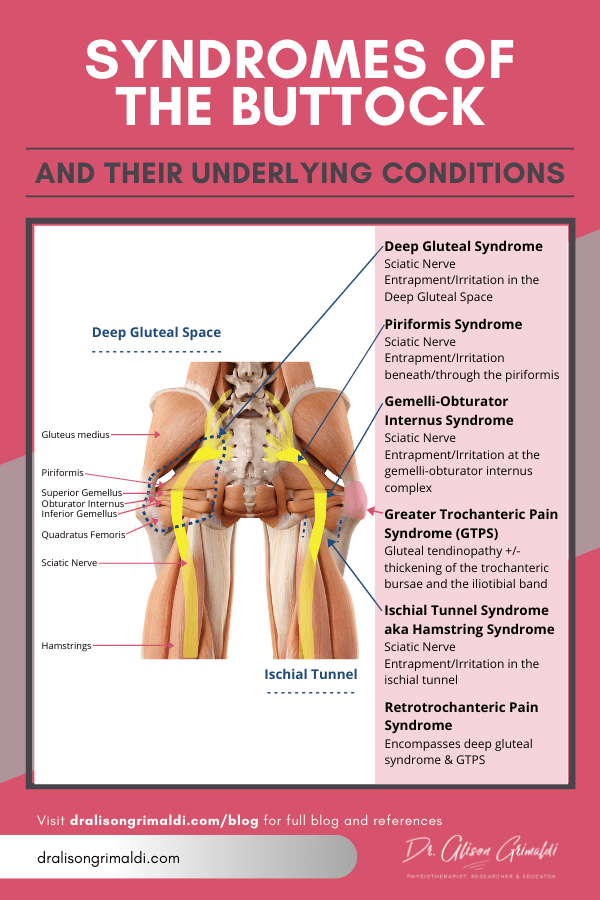
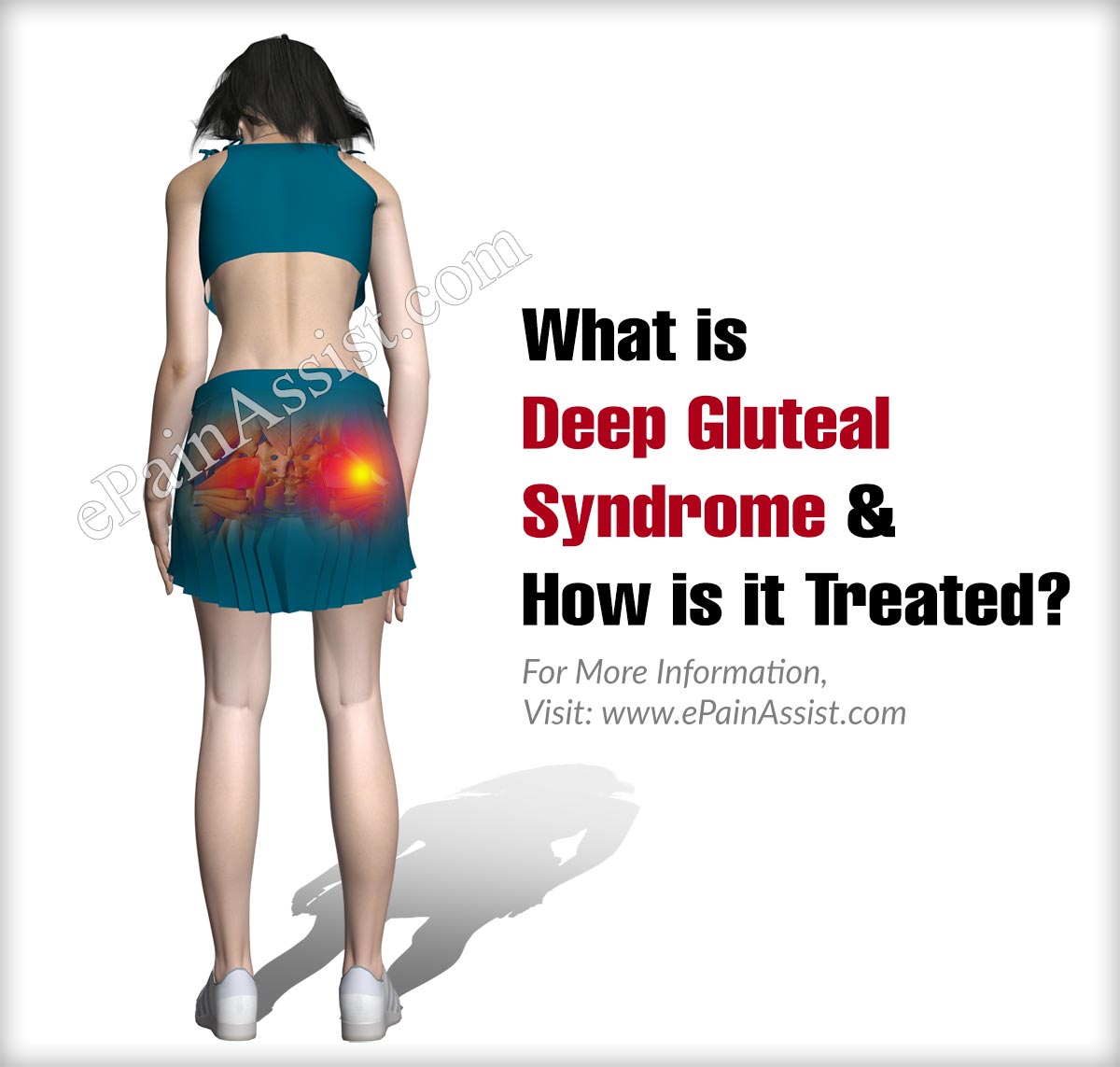



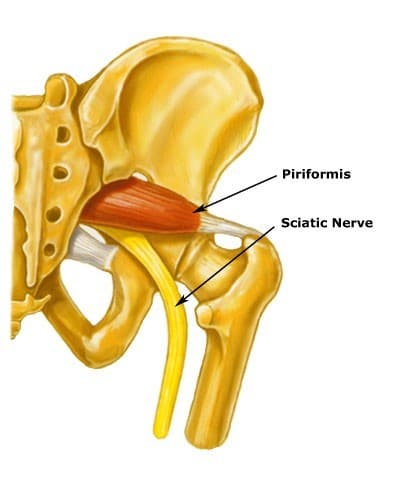


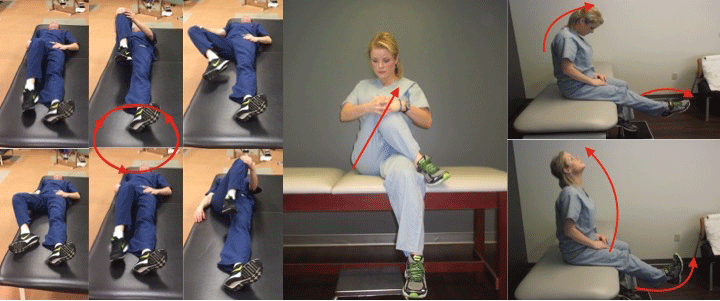
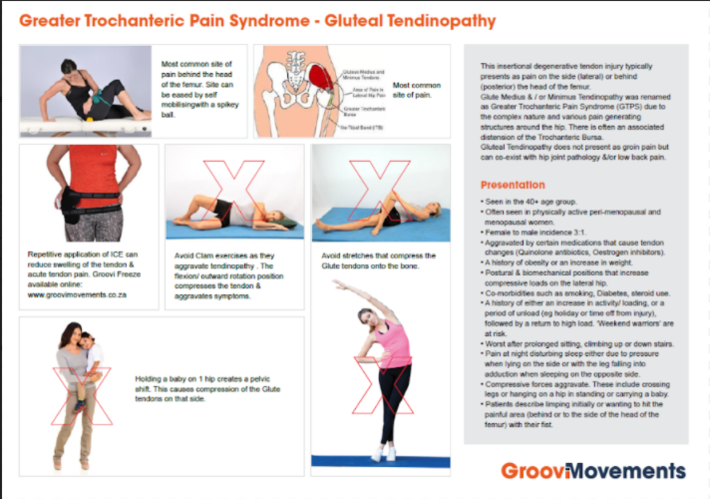

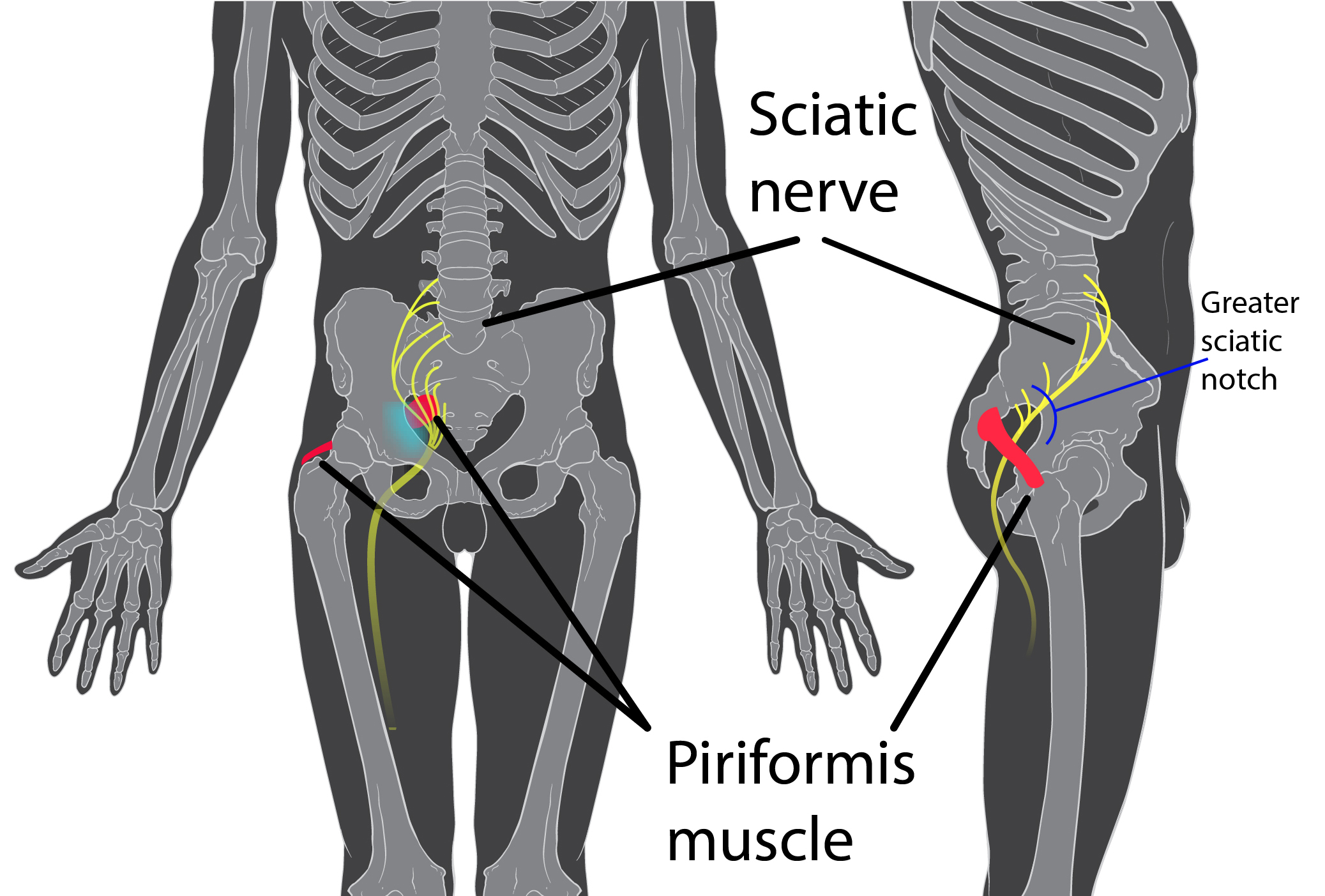





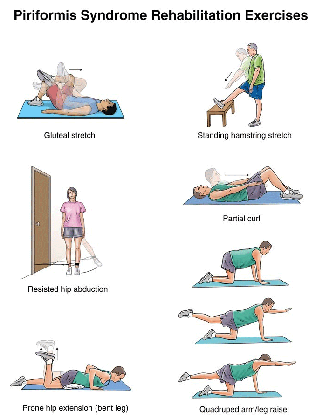

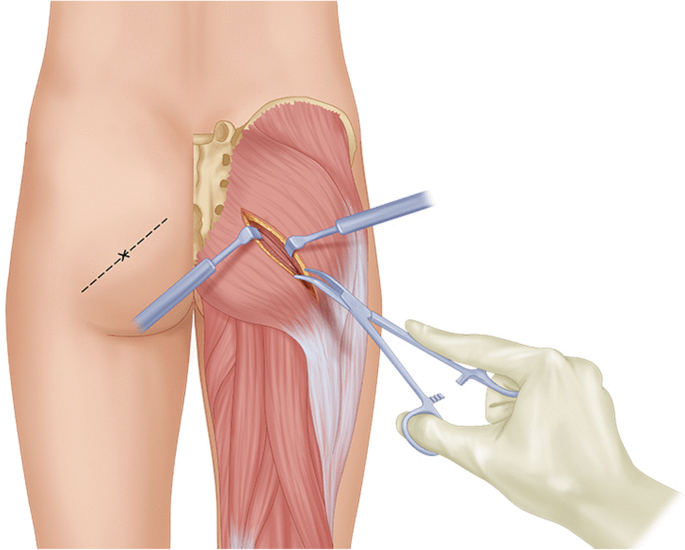



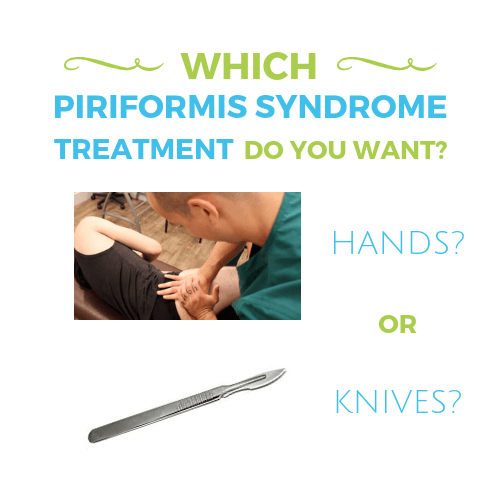


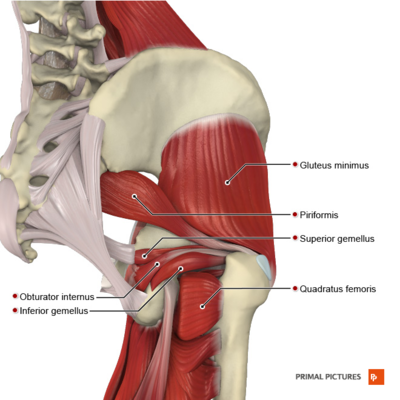












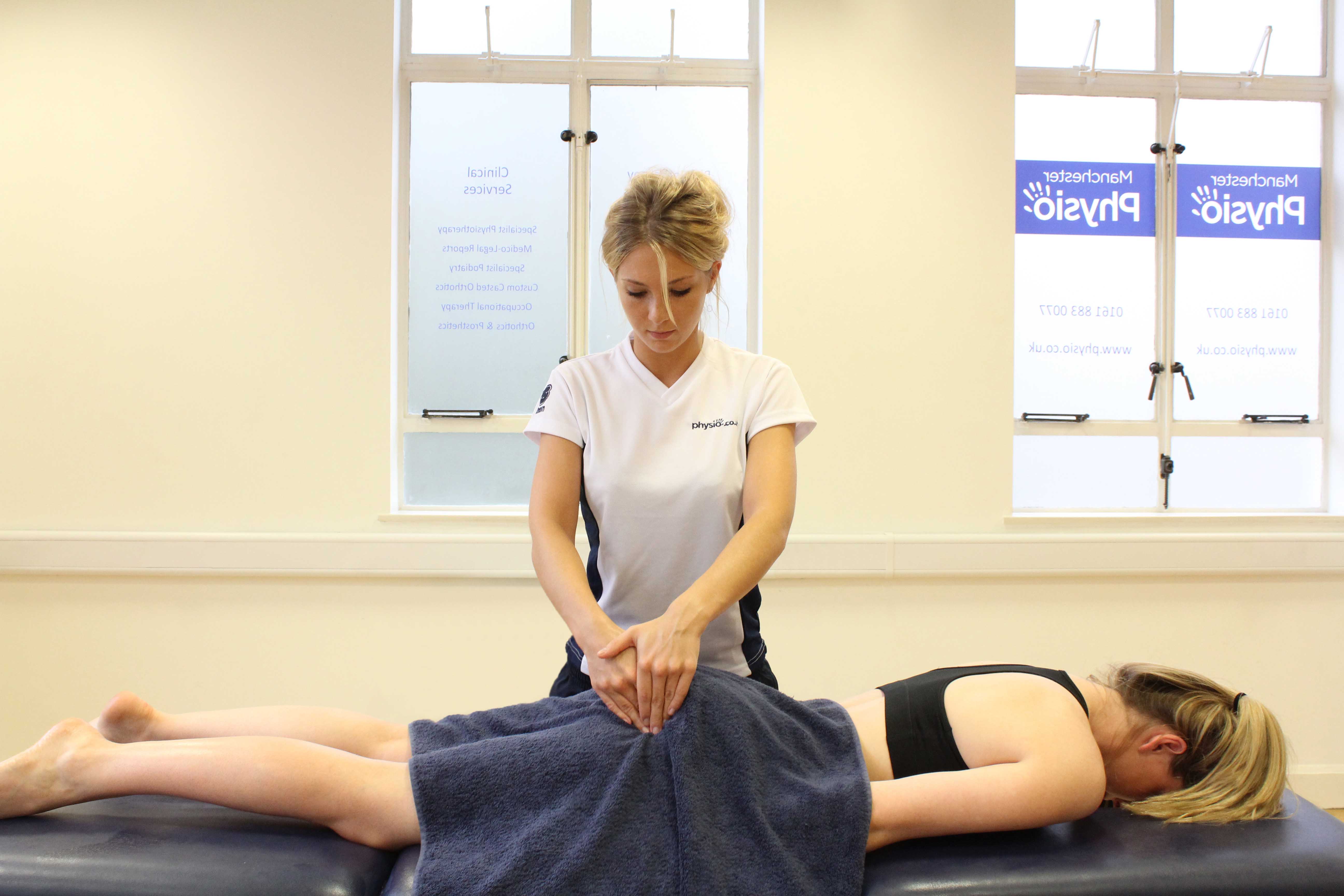



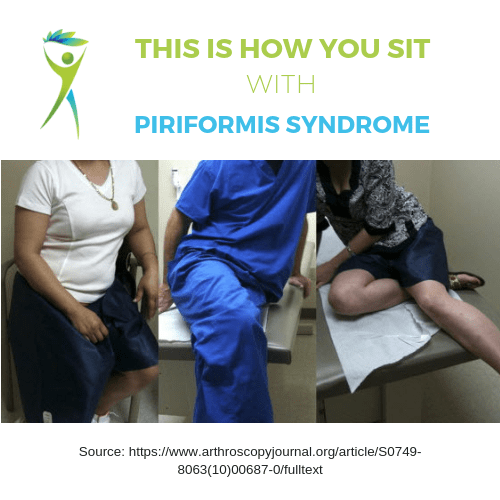
Post a Comment for "Deep Gluteal Syndrome Treatment"